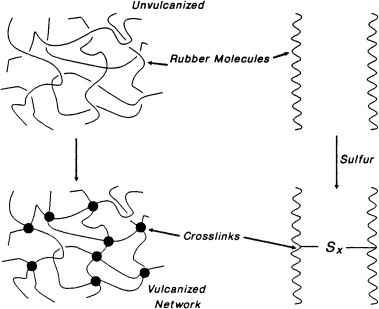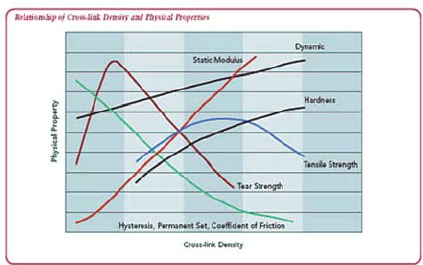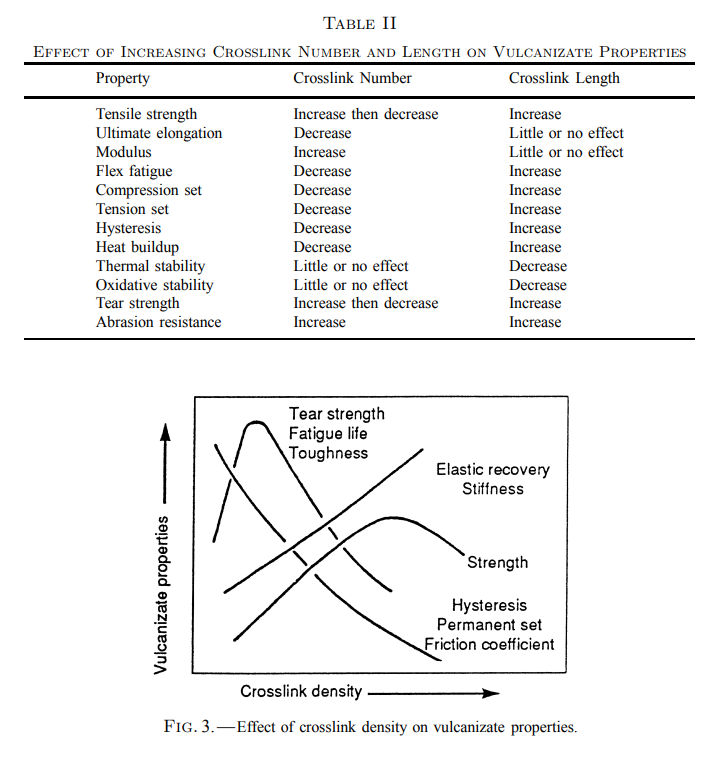In the context of rubber, crosslink length refers to the distance between the crosslinks within the rubber polymer network. To understand crosslink length, it’s important to first understand what crosslinks are.
Rubber is a polymer material made up of long chains of repeating units called monomers. In its raw form, rubber is soft and malleable. However, during the manufacturing process, the rubber is chemically treated to introduce crosslinks between the polymer chains. These crosslinks act as chemical bridges that connect the polymer chains together, forming a three-dimensional network.
The crosslinks in rubber provide strength, elasticity, and resilience to the material. They restrict the movement of the polymer chains, preventing them from sliding past each other easily, thus giving rubber its unique properties. The length of these crosslinks affects the overall properties of the rubber.
In general, shorter crosslink lengths result in a more tightly packed network, leading to stiffer and less elastic rubber. Longer crosslink lengths create a looser network, resulting in a softer and more elastic rubber. By adjusting the crosslink length, manufacturers can tailor the properties of the rubber to suit specific applications.
It’s worth noting that the concept of crosslink length can be complex, and there are various ways to measure and characterize it depending on the specific polymer and analytical techniques employed. However, the general idea is that the length of the crosslinks influences the physical properties of the rubber material.
 (909) 987-1774
(909) 987-1774 Email Us
Email Us










